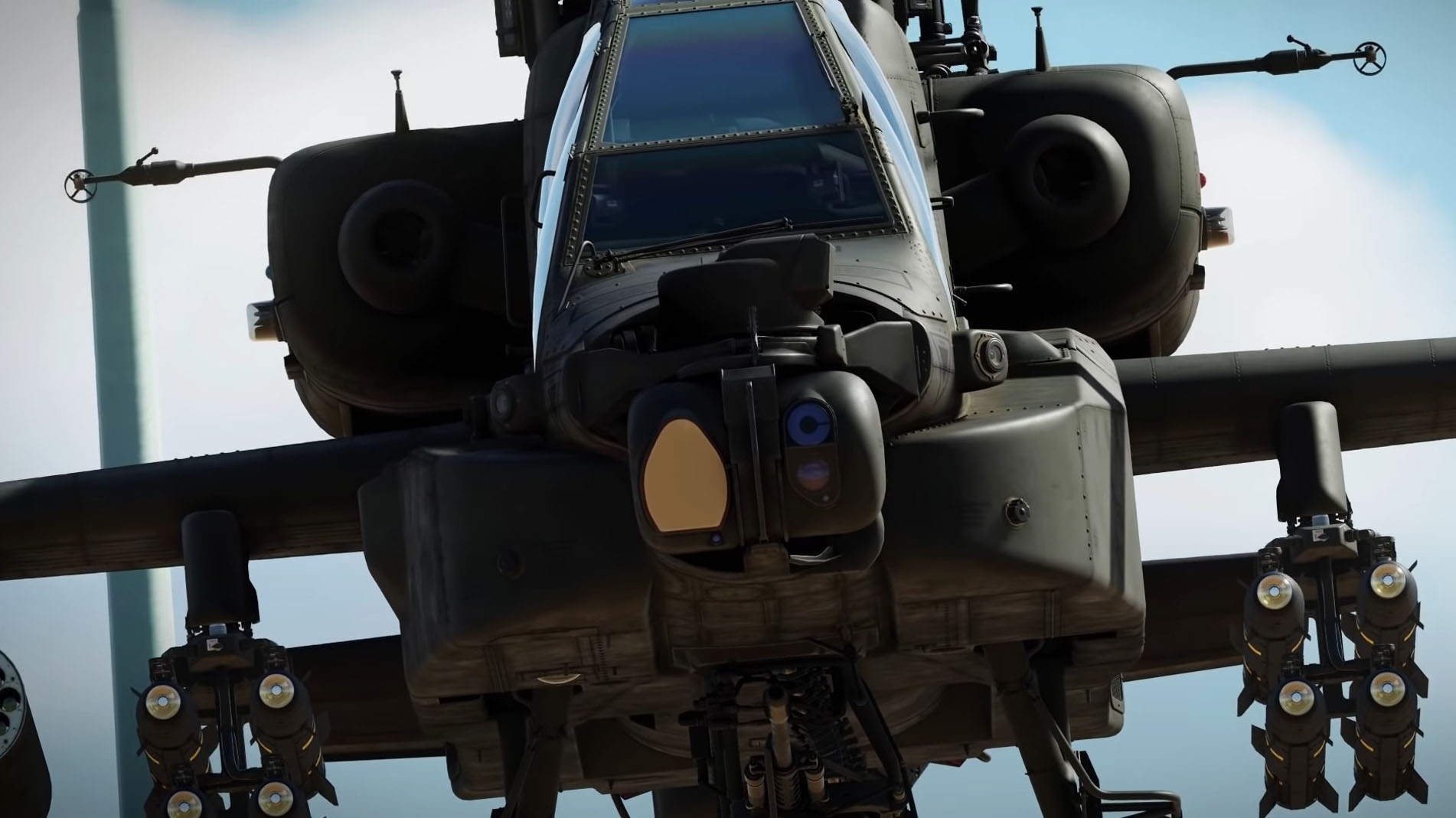
Modern DCSs also support neural networks and fuzzy logic applications.
#Dcs world connection timed out Pc#
Processes are not limited to fluidic flow through pipes, however, and can also include things like paper machines and their associated quality controls, variable speed drives and motor control centers, cement kilns, mining operations, ore processing facilities, and many others.ĭCSs in very high reliability applications can have dual redundant processors with "hot" switch over on fault, to enhance the reliability of the control system.Īlthough 4–20 mA has been the main field signalling standard, modern DCS systems can also support fieldbus digital protocols, such as Foundation Fieldbus, profibus, HART, modbus, PC Link, etc. Large oil refineries and chemical plants have several thousand I/O points and employ very large DCS. The DCS sends the setpoint required by the process to the controller which instructs a valve to operate so that the process reaches and stays at the desired setpoint. A typical application is a PID controller fed by a flow meter and using a control valve as the final control element. 4–20 mA DC current loop or two-state signals that switch either "on" or "off", such as relay contacts or a semiconductor switch.ĭCSs are connected to sensors and actuators and use setpoint control to control the flow of material through the plant. The field inputs and outputs can be analog signals e.g. The processors receive information from input modules, process the information and decide control actions to be signalled by the output modules. This distributed topology also reduces the amount of field cabling by siting the I/O modules and their associated processors close to the process plant. The processor nodes and operator graphical displays are connected over proprietary or industry standard networks, and network reliability is increased by dual redundancy cabling over diverse routes. Signalling is by industry standard 4–20 mA current loops, and a "smart" valve positioner ensures the control valve operates correctly. Levels 3 and 4 are not strictly process control in the traditional sense, but where production control and scheduling takes place.Įxample of a continuous flow control loop. Levels 1 and 2 are the functional levels of a traditional DCS, in which all equipment are part of an integrated system from a single manufacturer.


This mitigates a single processor failure. The key attribute of a DCS is its reliability due to the distribution of the control processing around nodes in the system. Today the functionality of SCADA and DCS systems are very similar, but DCS tends to be used on large continuous process plants where high reliability and security is important, and the control room is not geographically remote.įunctional levels of a manufacturing control operation The DCS concept increases reliability and reduces installation costs by localising control functions near the process plant, with remote monitoring and supervision.ĭistributed control systems first emerged in large, high value, safety critical process industries, and were attractive because the DCS manufacturer would supply both the local control level and central supervisory equipment as an integrated package, thus reducing design integration risk.

This is in contrast to systems that use centralized controllers either discrete controllers located at a central control room or within a central computer.

A distributed control system ( DCS) is a computerised control system for a process or plant usually with many control loops, in which autonomous controllers are distributed throughout the system, but there is no central operator supervisory control.


 0 kommentar(er)
0 kommentar(er)
